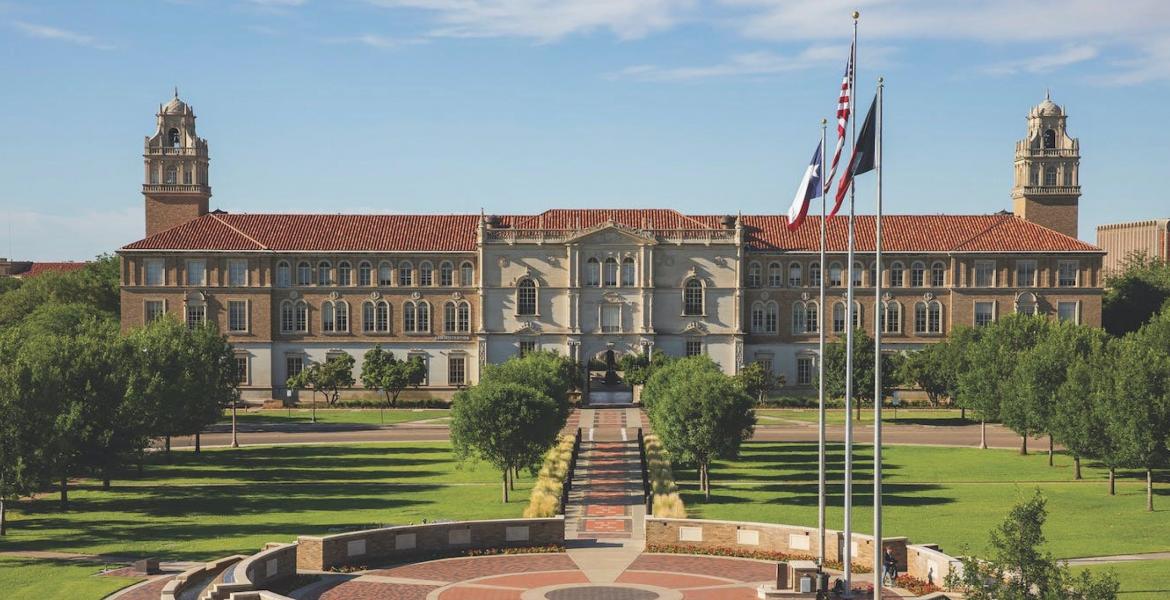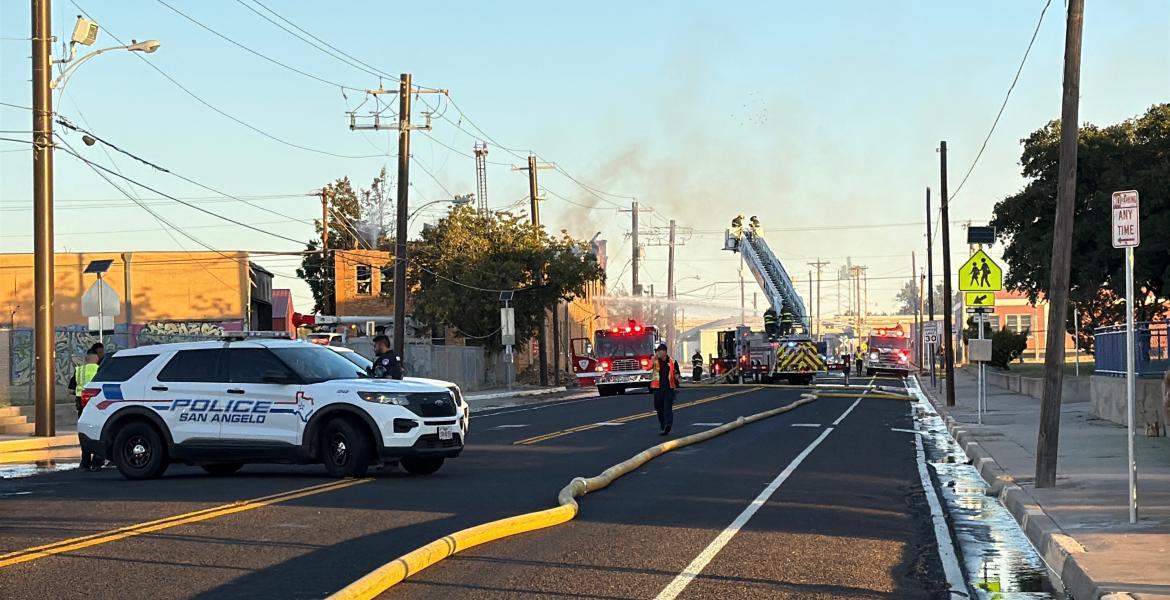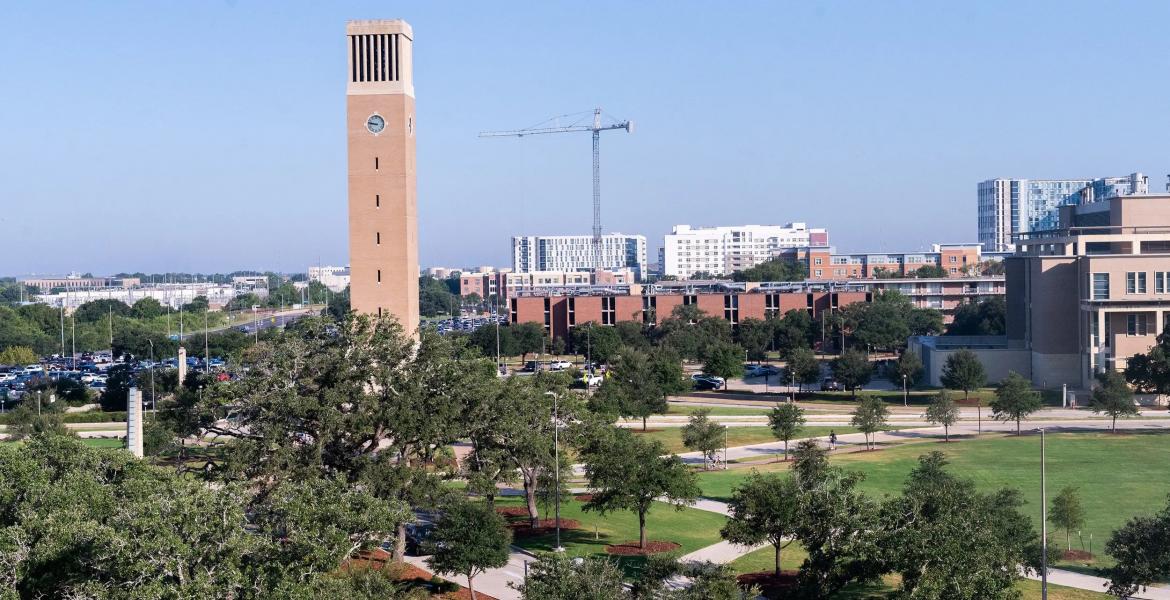SAN ANGELO, TX – Dr. Kenneth Carrell, an assistant professor of physics at Angelo State University, has been awarded a two-year, $105,535 grant from the National Science Foundation (NSF) to fund an astrophysics research project that will also involve ASU undergraduate students, according to the Angelo State University Communications Department.
Also director of the ASU Planetarium, Carrell was awarded the grant through the NSF’s new Launching Early-Career Academic Pathways in the Mathematical and Physical Sciences (LEAPS-MPS) program for his project titled “LEAPS-MPS: A Systematic Investigation of Transient Behavior in RR Lyrae Variable Stars.”
According to Carrell, RR Lyrae stars physically change in size over the course of about half a day and have been known as a class of variable stars for over a century. However, modern space-based observations have revealed that these stars are actually more complicated than previously thought.
“The NSF grant will pay for myself and several undergraduate students to travel to the McDonald Observatory near Fort Davis twice a year for the next two years to observe some of these stars with newly discovered strange behavior,” Carrell said. “Our goal is to use these follow-up observations to try to understand the physics behind the transient phenomena, and to better understand stellar interiors more generally. It will also fund trips to the national American Astronomical Society meetings so the undergraduate students can present the work.”
The NSF’s new LEAPS-MPS program is designed to help launch the careers of pre-tenure faculty in mathematical and physical sciences at minority-serving institutions and predominantly undergraduate institutions. The ultimate goal is to increase participation by student populations that are traditionally under-represented in those fields. As such, consideration for grant awards is based on both scientific merit of proposals and the broader impacts on those under-represented groups at the university and in the community.
“The review of our proposal was positive overall of the science,” Carrell said. “But the reviewers were particularly impressed with the broader impacts statement, and felt that taking students to conduct observations at the McDonald Observatory is a potentially transformational experience for them.”
On a related note, Carrell also received a $23,137 grant earlier this year through the Astrophysical Research Consortium that is intended to support research by students from populations historically under-represented in the science, technology, engineering and mathematics (STEM) fields. Carrell is utilizing that grant to mentor two such students on a similar research project on RR Lyrae variable stars. They will present their results at the American Astronomical Society meeting in January.
“Because I grew up in this area,” Carrell said, “one of my personal goals is to create a research program at ASU to develop excellent students who have opportunities to pursue careers that will help inspire the next generation of students in the San Angelo area to also pursue STEM-related, and hopefully astronomy-related, careers.”
A native of Mertzon, Carrell joined the ASU faculty in 2016. He earned his bachelor’s, master’s and doctoral degrees in physics from Texas Tech University, and he also conducted post-doctoral research at the National Astronomical Observatories in Beijing, China, and the Max Planck Institute for Astronomy in Heidelberg, Germany.
Subscribe to the LIVE! Daily
Required






Post a comment to this article here: